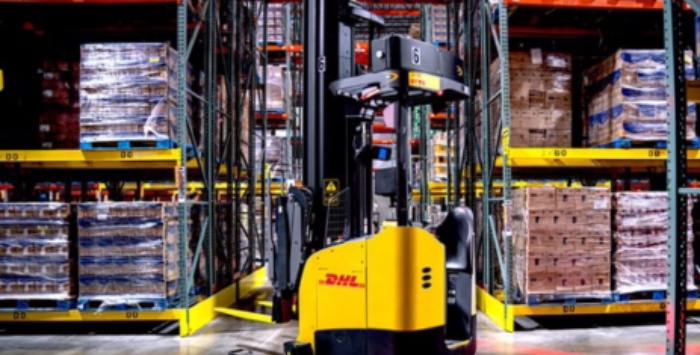DHL Supply Chain, the logistics arm of DHL, has predicted that around 30% of its pallet vehicles will be robotic by 2030. Accordingly, it is expanding the commercial use of autonomous forklifts and pallet trucks in more than 1,500 warehouses, focusing primarily on locations in Europe, the UK and Ireland, and North America.
In current deployments at DHL, the autonomous forklifts already achieve 65% of human productivity and move an average of 10-15 pallets per hour. The vehicles can also reach racks with heights of more than 10m and transport all types of pallets, mesh boxes or other unit loads. DHL calculates that with 24-hour operation, a fleet of just a dozen of these autonomous forklifts can already handle more than 1,000,000 pallets per year.
Markus Voss, chief information officer and chief operating officer of DHL Supply Chain, said, “Meaningful robotic support for our warehouse employees is not limited to picking processes in our booming e-commerce and fulfilment locations. For example, autonomous vehicles can improve service quality and operational processes in a variety of ways.
“One of the main advantages of these automated transport vehicles is that they bring direct benefits for us and our customers and can theoretically be deployed in almost all locations. After all, millions of pallets are moved in our warehouses worldwide every day; a process that currently not only requires the forklift or pallet truck itself, but also ties up considerable personnel capacity that we could otherwise use much more sensibly, especially in markets where skilled workers are in short supply. We expect around 30% of our global material-handling vehicle fleets to be automated by 2030.”


